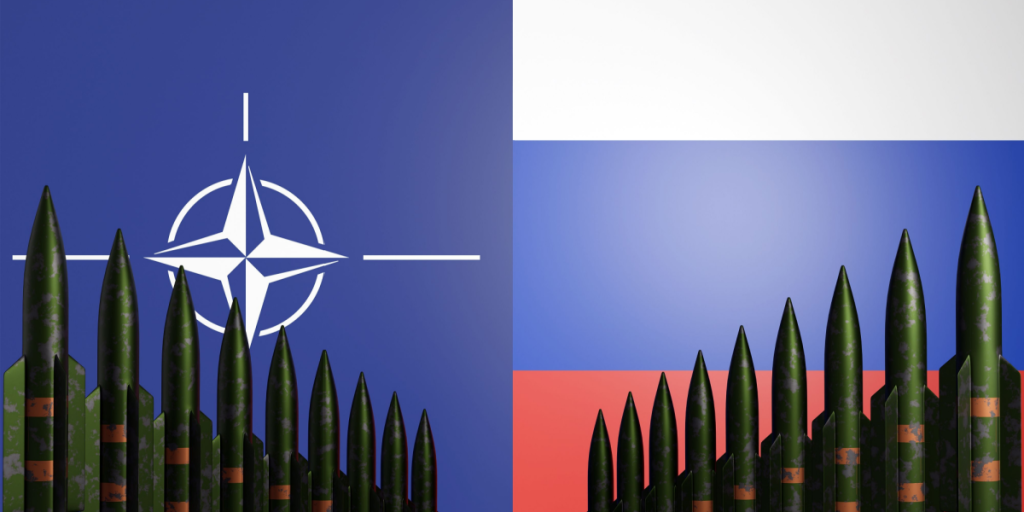While there is no imminent threat, the intensions are clear.
Others are reading now
While there is no imminent threat, the intensions are clear.
What is happening?
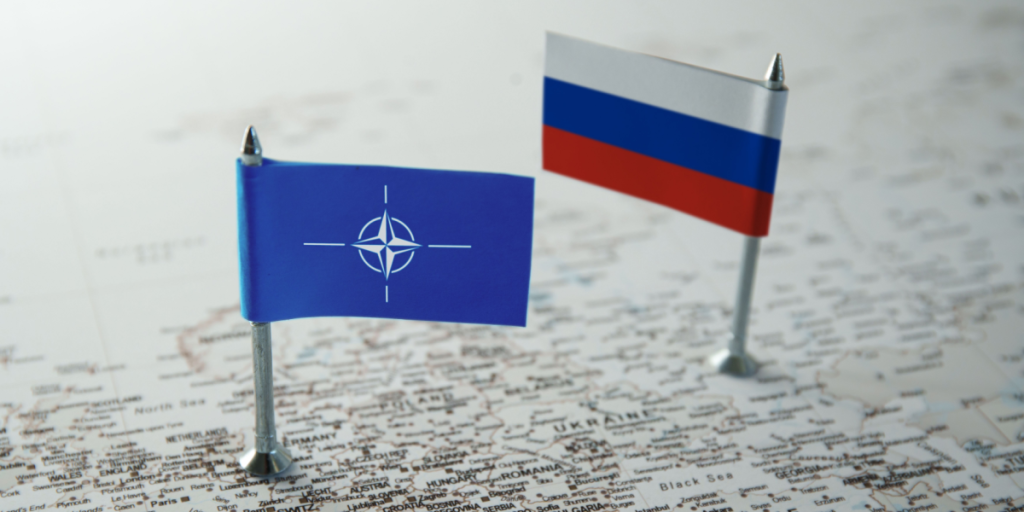
In it’s most recent assessment, The Institute for the Study of War (ISW) says that Russia appears to be accelerating what analysts call “Phase 0” — a calculated effort to shape the psychological and informational landscape in anticipation of a potential future war with NATO.
t’s not open conflict yet, but the groundwork is being laid.
Intelligence claims point to UK
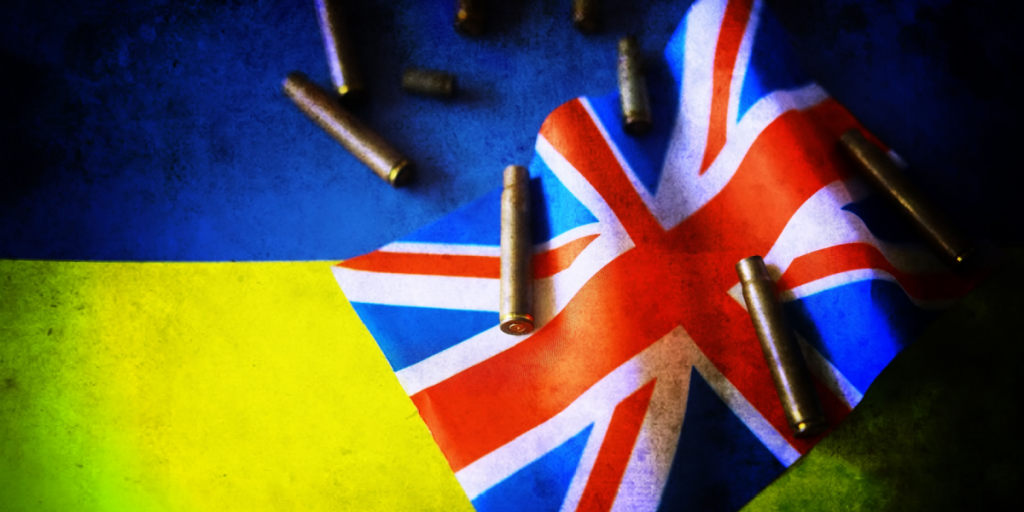
On October 6, Russia’s Foreign Intelligence Service (SVR) accused the UK of plotting a provocative attack.
The alleged plan involves a group of pro-Ukrainian Russians staging an assault on either a Ukrainian Navy ship or a foreign civilian vessel — then claiming it was under Moscow’s orders.
Also read
A Chinese connection in the SVR narrative
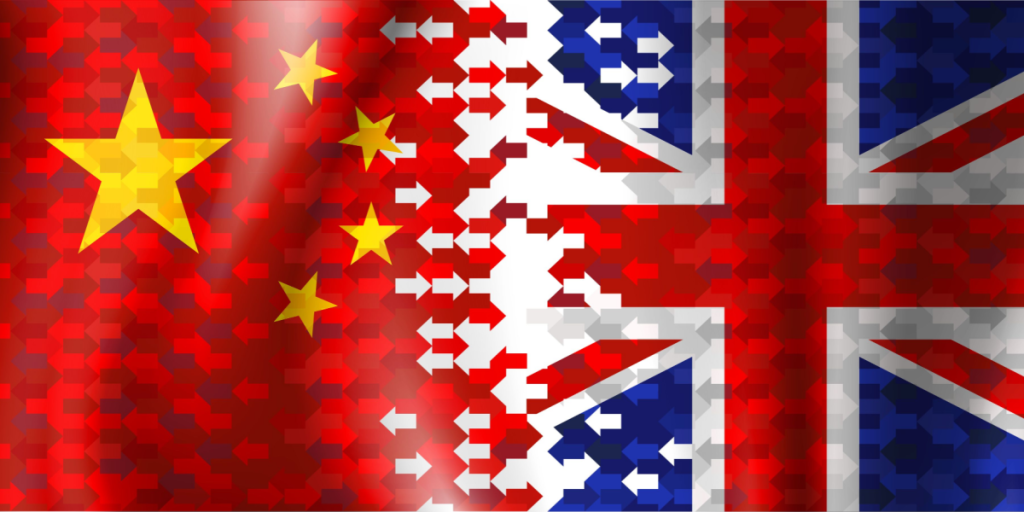
In a surprising twist, the SVR claimed the UK would supply the group with Chinese-made underwater equipment.
The implication is that the UK is trying to pin blame on China, painting it as a hidden supporter of Russian aggression against Ukraine.
False flag accusations become a pattern
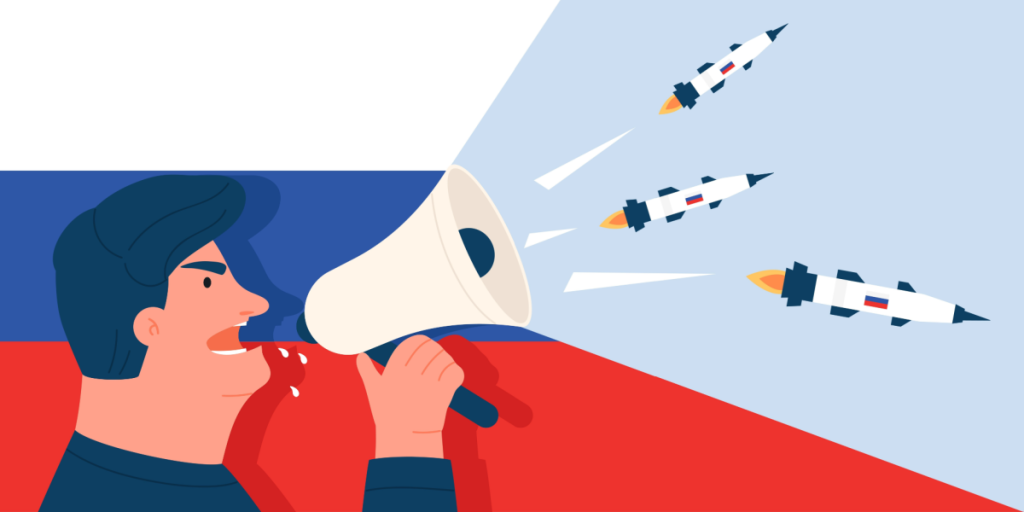
This isn’t the first time the SVR has floated such claims. Similar accusations have recently targeted Poland, Moldova, and Serbia.
The frequency and timing of these statements indicate a coordinated effort to stir distrust across Europe.
Information warfare expands into physical acts

Russia’s conditioning efforts go beyond propaganda.
Also read
In recent years, it has carried out numerous covert and overt acts against NATO states, including sabotage, GPS interference, arson, and electronic warfare.
These attacks have sharply increased since autumn 2025.
Drone intrusions highlight rising tensions
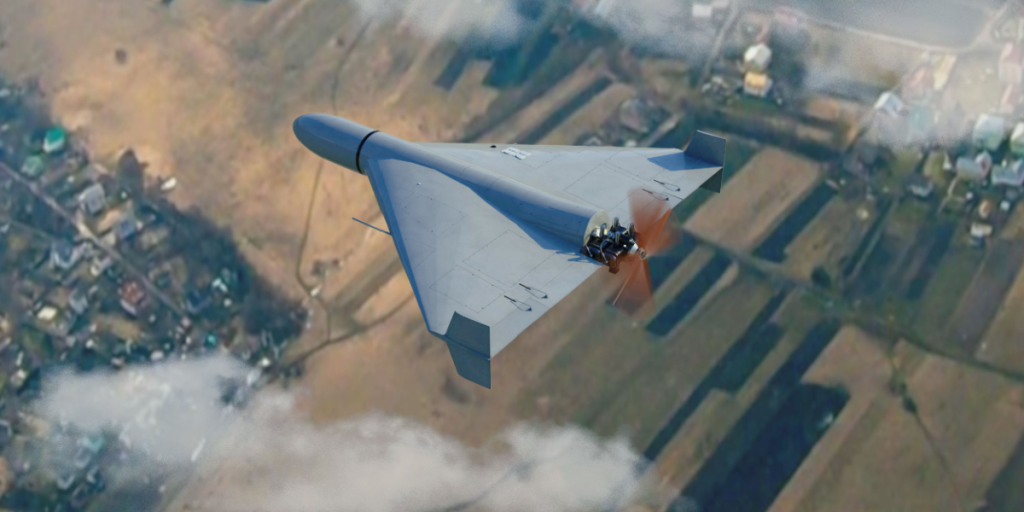
One of the most visible escalations has been the rise in drone incursions into NATO airspace.
These unauthorized flights serve as both a provocation and a test of NATO’s response readiness, blurring the line between harassment and surveillance.
Strategic buildup on NATO’s Northern flank
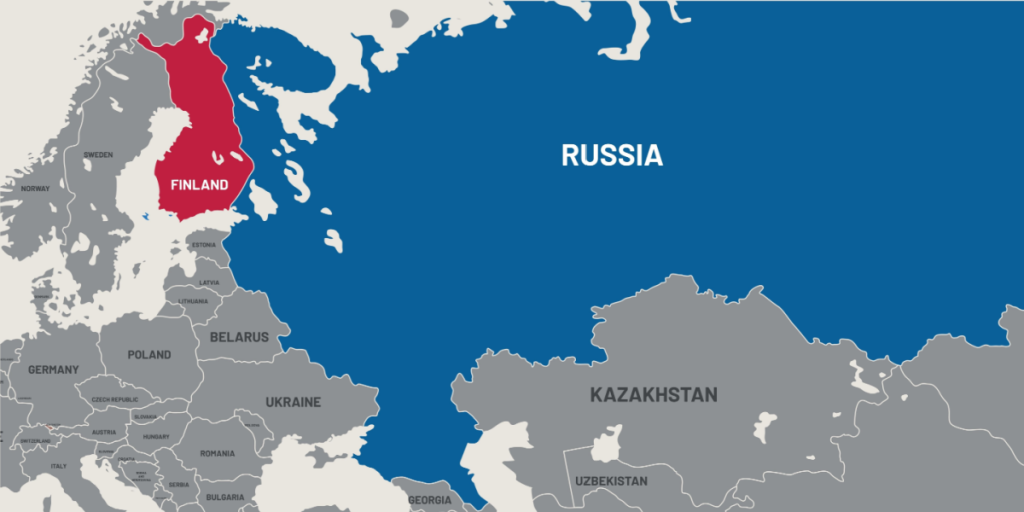
While there are no signs of imminent war, Russia’s actions suggest long-term planning.
Also read
The Kremlin has restructured its military districts along the western border and is expanding bases near Finland — a clear message to NATO.
No imminent attack, but …
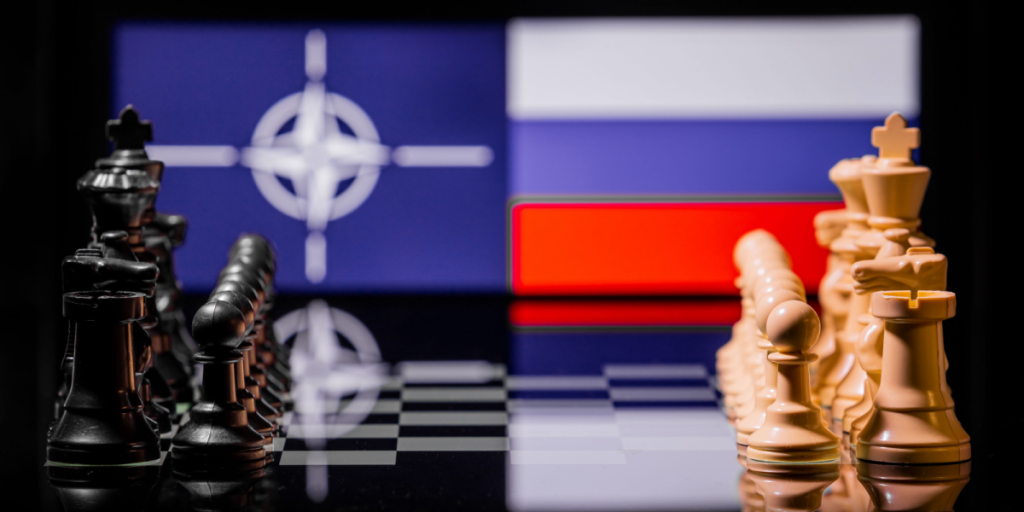
Analysts at the Institute for the Study of War (ISW) emphasize that there’s no current indication that Russia is preparing for immediate conflict.
However, these moves suggest the Kremlin is keeping its options open for a possible future war scenario.
Weaponizing fear in European populations
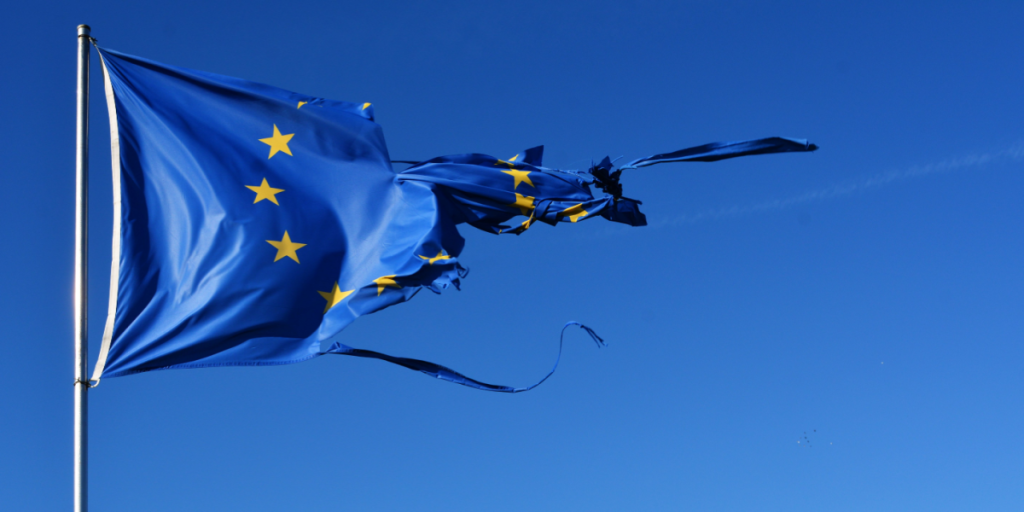
Russia’s mix of threats, false flags, and hybrid operations appears aimed at frightening European populations.
The goal is to create a sense of insecurity, pushing voters and governments to back away from supporting Ukraine or reinforcing NATO’s defenses.
Also read
Undermining NATO unity from within
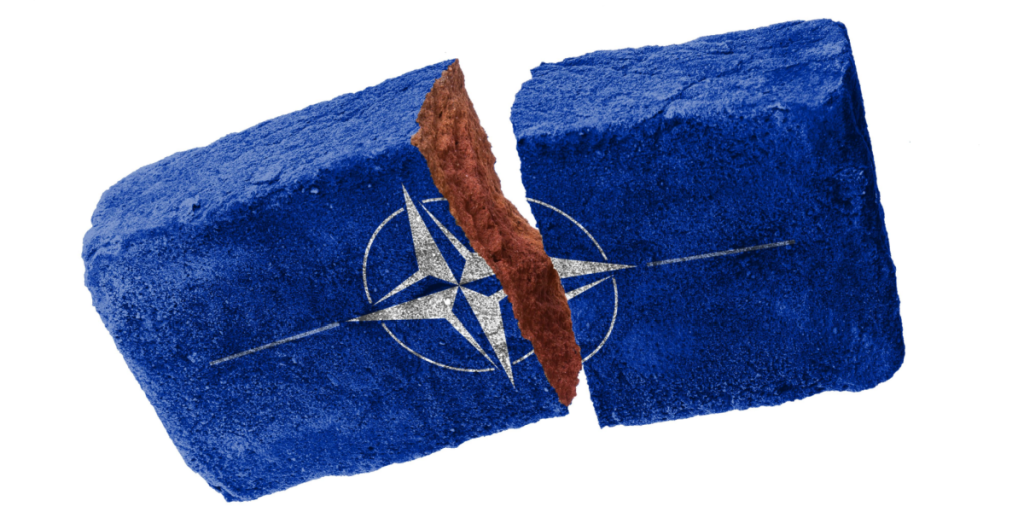
By creating a perception of widespread vulnerability, Moscow hopes to splinter NATO’s unity.
These tactics are designed to pressure member states into second-guessing their commitments — especially those involving military aid or defense cooperation.
Reflexive control

Russia’s broader campaign fits into a doctrine known as “reflexive control.” This involves shaping an adversary’s decisions by manipulating their perceptions.
Moscow hopes fear and confusion will lead Europe to act in ways that ultimately serve Russian interests.
Turning domestic opinion against the West

Internally, the Kremlin uses the SVR’s dramatic claims to shape Russian public opinion.
Also read
By portraying Western nations as the aggressors, Moscow aims to justify any future military actions and rally domestic support for potential escalation.
Laying the justification for future aggression
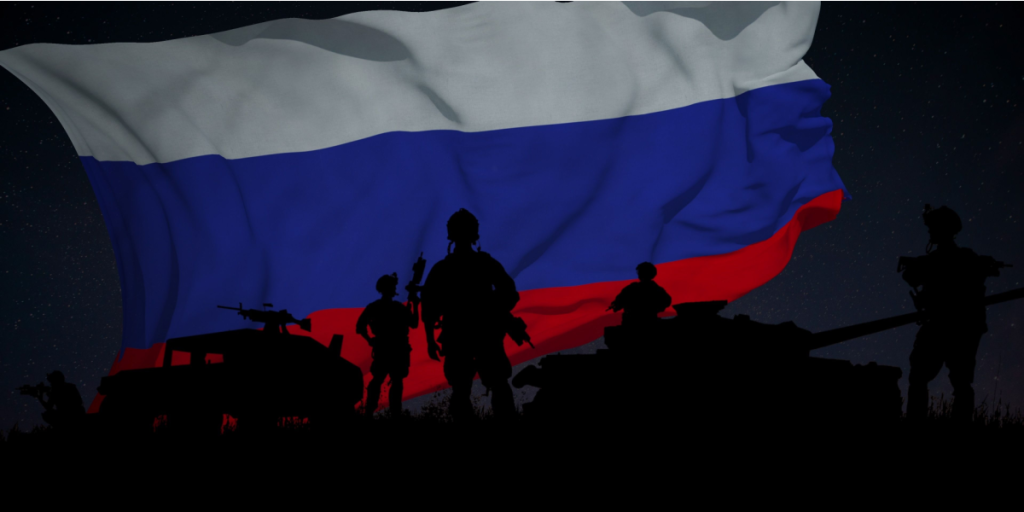
Ultimately, these narratives and operations serve a dual purpose: destabilize NATO’s external cohesion and solidify internal Russian backing.
It’s all part of setting the conditions — both at home and abroad — for any possible Russian military action in the future.

